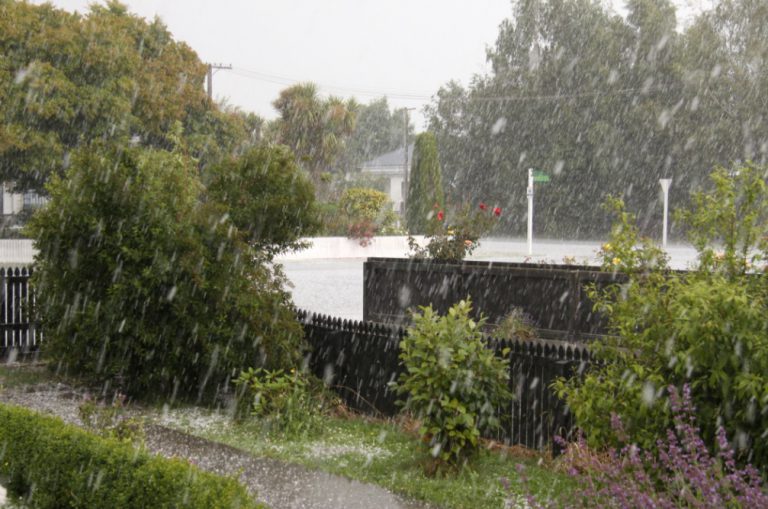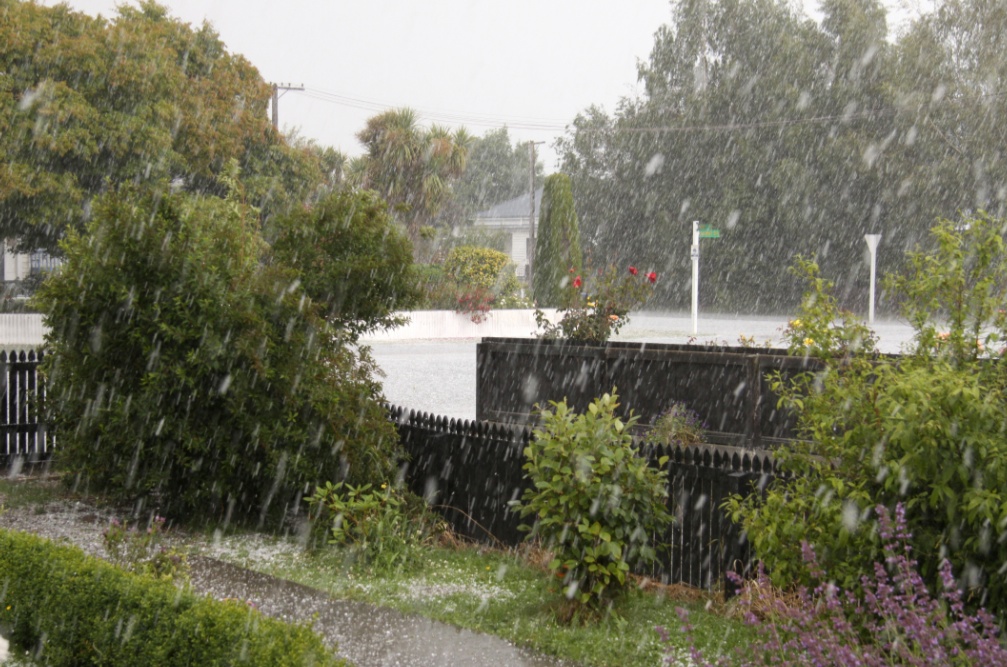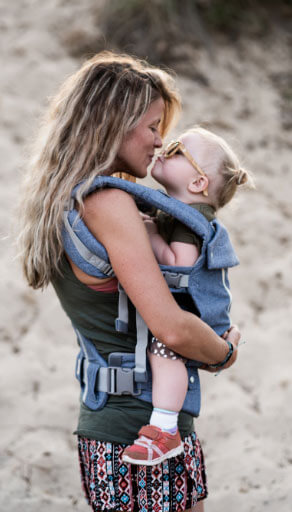How to Prepare For Hailstorms


HOW TO PREPARE FOR HAILSTORMS
Australia has had its fair share of damaging hailstorms over the past few decades. From about 1967 to 2005, hailstorms contributed to over one third of the total insured costs caused by all natural hazards in Australia.
Like other natural disasters, hailstorms form in very specific conditions. Temperatures near the tops of thunderstorm clouds drop to around -50 to -60 degrees Celsius and it is in this cold climate that water droplets are crystallised and hailstones are formed. However, it is only through remaining aloft by powerful updrafts of air within the storm that the hailstones are able to grow in size. Once they’re at a size that cannot be supported by the storm cloud, they fall to the earth as hail .
Hailstorms can be a spectacular natural event to watch from the safety of your home. However, this isn’t always the case as proven by some of the worst hailstorms to hit Australia in the last 30 years.
➢ Sydney 1999
The Sydney hailstorm was the costliest hailstorm to hit an Australian city with insured damages exceeding $1.5 billion. This comes as no surprise given the estimated 500,000 tonnes of hailstones the storm dropped. The largest hailstones were reported to be as large as softballs (11cm in diameter) and were driven across the city and suburbs by squally winds . At least 35,000 buildings, mostly homes, suffered serious roof damage and in many cases roofs were totally destroyed.
➢ Victoria 2010
The 2010 Victorian storms saw power cuts to over 120,000 households, the disruption of transport in central Melbourne and the evacuation of some major buildings including Flinders Street and Southern Cross stations. Hailstones of up to 10 centimetres was reported in Melbourne’s East, at Ferntree Gully. More than 40,000 insurance claims totalling over $500 million were lodged .
➢ Brisbane 1985
The Brisbane hailstorm ranks as the fifth costliest insured event in Australia since 1968 . Thirty minutes of destruction is estimated to have caused more than $300 million damage to vehicles and buildings. The winds blew hailstones of up to 7cm in diameter and damage to property was widespread. The worst hit suburbs included Jamboree Heights, Corinda, Sherwood and Graceville .
Despite these tales of terror, there are precautions you can take before the onset of a hailstorm to minimise the risk to your family and the cost of the event.
MAKE SURE YOU’RE COVERED
Although you can’t stop a natural disaster, you can be prepared for the destruction it can wreak. Suncorp’s Home and Contents Insurance, for example, covers you in the event of damage caused by storm, cyclone, flood, bushfire, earthquake and tsunami. The damage done to your home can be extremely significant so make sure you’re covered to avoid extensive repair costs.
STAY TUNED
Keep an eye on the weather. While it is difficult to accurately predict a hailstorm, they are most commonly associated with severe weather such as thunderstorms. Check your local newspaper, weather channel or local radio station for the daily forecast.
TAKE SHELTER INDOORS
Being caught outdoors is extremely dangerous during a hailstorm so seek shelter as quickly as possible when a storm hits. A safe precaution is to stay inside your house or in a safe building when a storm hits.
LOCK DOWN WHERE POSSIBLE
Stay away from windows and doors when the storm arrives, and keep all exterior doors and windows closed to prevent rain and hail damage in your home’s interior. Also, pull down any external shutters on your house. This prevents damage to windows and increases structural stability.
PREPARE AN EMERGENCY EVACUATION KIT
In the worst case that you have to leave your house unexpectedly, plan ahead and prepare an emergency evacuation kit. Pack at least one change of clothes for each individual, tinned food, plenty of water, first-aid supplies, personal hygiene items, portable radio, a flashlight and of course some spare cash.
Don’t get swept up and caught unprepared. Read through these tips, share them with your friends and family and make sure that you’re ready for when Mother Nature knocks on your door.
This article is brought to you by AAI Limited ABN 48 005 297 807 trading as Suncorp Insurance who issues Suncorp Home and Contents Insurance. The information is intended to be of a general nature only.










